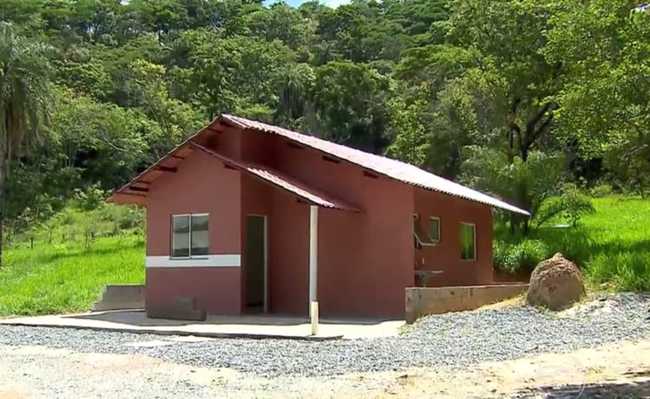Learn more about the movie "Home"
"Home" portrays in a didactic way the history of the Earth, the processes of human development and its interferences in the environment

Image: Danting Zhu on Unsplash
The documentary “Home” portrays in a didactic way the history of planet Earth, the processes of human development and its interference in the environment. The documentary is based on the exuberant images presented, on the soundtrack that perfectly follows the course of events and on data and information about the catastrophes and sudden changes that the human species causes on the planet.
Yann Arthus-Bertrand's work seeks to educate, raise awareness and move the viewer about the fragility of the Earth, by demonstrating that all forms of life are connected. The Earth is an immense ecosystem without borders, in which changes taking place on one side of the globe affect the entire system that interconnects existing species.
The initial images demonstrate the strength of nature and the harmony between wild animals and the environment in which they live, conveying a sense of balance, as everything seems to be perfect. From the development of the film, when the images presented are of destruction scenarios, the soundtrack and the narration become more tense and distressing.
Through the diversity of landscapes presented throughout the film, the author criticizes the different realities existing on the planet. It portrays from countries where their inhabitants face difficulties in finding and consuming water, to countries of industrial farmers who use an enormous amount to feed their monoculture fields. With this, the documentary has the objective of denouncing some of the main environmental problems caused by human beings, such as deforestation, global warming and the extinction of several species, the results of a society driven by capitalism, consumerism and profit.
The movie "Home"
The creation of agriculture, pointed out at the beginning of the documentary, represented a very important milestone in human history, as it completely transformed the way of life of human beings, still based on hunting wild animals. However, the discovery of fossil fuels was the factor responsible for the greatest changes on the planet. Despite generating numerous advances for society, these substances are the main causes of environmental problems existing today.
From the energy produced by oil, known as “black gold”, the United States went from a country of farmers to a country of industrial farmers. The physical strength of human beings, used until then, was replaced by extremely efficient oil-powered machines. The entire scenario of progress in the country, called “American Way of Life” was replicated by several nations around the world. However, this lifestyle proved to be totally unsustainable for humanity, as it is based on the unrestrained use of natural resources existing on the planet.
According to data presented in the documentary, about 80% of mineral resources are consumed by only 20% of the world population. The director makes these statistical data more tangible by demonstrating, on the one hand, the difficult reality of countries where thousands of people live with few resources and, on the other, countries where thousands of them are destined to monoculture production or cattle raising, for example. In other words, the film manifests both the scarcity side and the plenty side.
It is possible to say that since the discovery of the opportunities generated by fossil fuels, they are used recklessly. In addition to generating huge amounts of air pollutants, they are non-renewable. Knowing this, the most reasonable thing to do would be to use them intelligently and encourage the development of other technologies. However, the energy matrix of countries becomes increasingly dependent on these resources
Within the scope of the environmental issue in Globalization, the main historical landmark for the intensification of the alteration of the natural environment by societies can be considered the emergence of the Industrial Revolution and its subsequent changes. With industrialization, consumption and pressure on renewable and non-renewable natural resources, such as soil, forests, minerals and water resources, increased. In addition, the transformation of these elements began to be accompanied by the production of large amounts of pollution, both atmospheric, water and soil.
In the socio-spatial context, changes in the composition of the atmosphere and the depletion of natural resources are the most relevant and worrying impacts. In addition, there are climatic events, which are gaining dramatic contours, as they intensify the greenhouse effect and affect global warming. The melting of glaciers, dealt with in much of the documentary, is an example of the consequence caused by these phenomena. If glaciers no longer exist, the oceans will lose even more their climatic stability, affecting thousands of ecosystems.
However, at the heart of the process of transformation and evolution of techniques that act in the production process of geographic space, there is an incessant search for alternatives that defend the economic development of societies linked to the preservation of the environment. In this sense, the concept of sustainability emerges, defended by many as the necessary and possible way out to reconcile socioeconomic growth with environmental conservation.
To conclude, all the environmental problems addressed in the documentary are extremely important and need great attention from human beings. If our lifestyle habits do not change, the consequences could be irreversible, completely transforming the way we live. Therefore, actions related to sustainability must be strengthened and become part of our routines.










